Overview
During my stay in London, I’ve become increasingly fascinated by the city’s alternative lifestyle. It’s been interesting observing how London parallels New York City, where I’ve lived all my life. The two cities share striking similarities whilst maintaining their sense of individuality, from their architecture and urban layouts to their transportation. But both London and New York shine with their people and fashion.
I was inspired by the birth of punk in the UK, dating back to the 70s with the Sex Pistols and Vivienne Westwood’s clothing store on King’s Road. As I researched this era, I became captivated by Westwood’s bold advertising and the street photography of the movement. For a final project, I chose to emulate the classic British punk look, reimagining it through a modernized lens based on my own foreign perspective.
Deviant Sexuality in Marketing
In the mid 70s, fashion designers Malcolm McLaren and Vivienne Westwood co-owned the clothing store SEX, which was located on 430 King's Road in Chelsea. The owners, as well as the store itself, essentially created the iconic "punk look" that we know today.
SEX's success stem's from its confrontation of social and sexual taboos. Topics that were considered too crass to discuss publicly were now unapologetically on display. SEX sold everything from bondage wear, to anarchy patches, and shirts of the Cambridge Rapist. It was bold, rebellious, and its attitude was reflected in its fashion shoots.
In these series of images, I wanted to recreate that same deviance whilst emulating an editorial style. My subject's look is based on Pamela Rooke's modelling of Jordan in Gallery International.
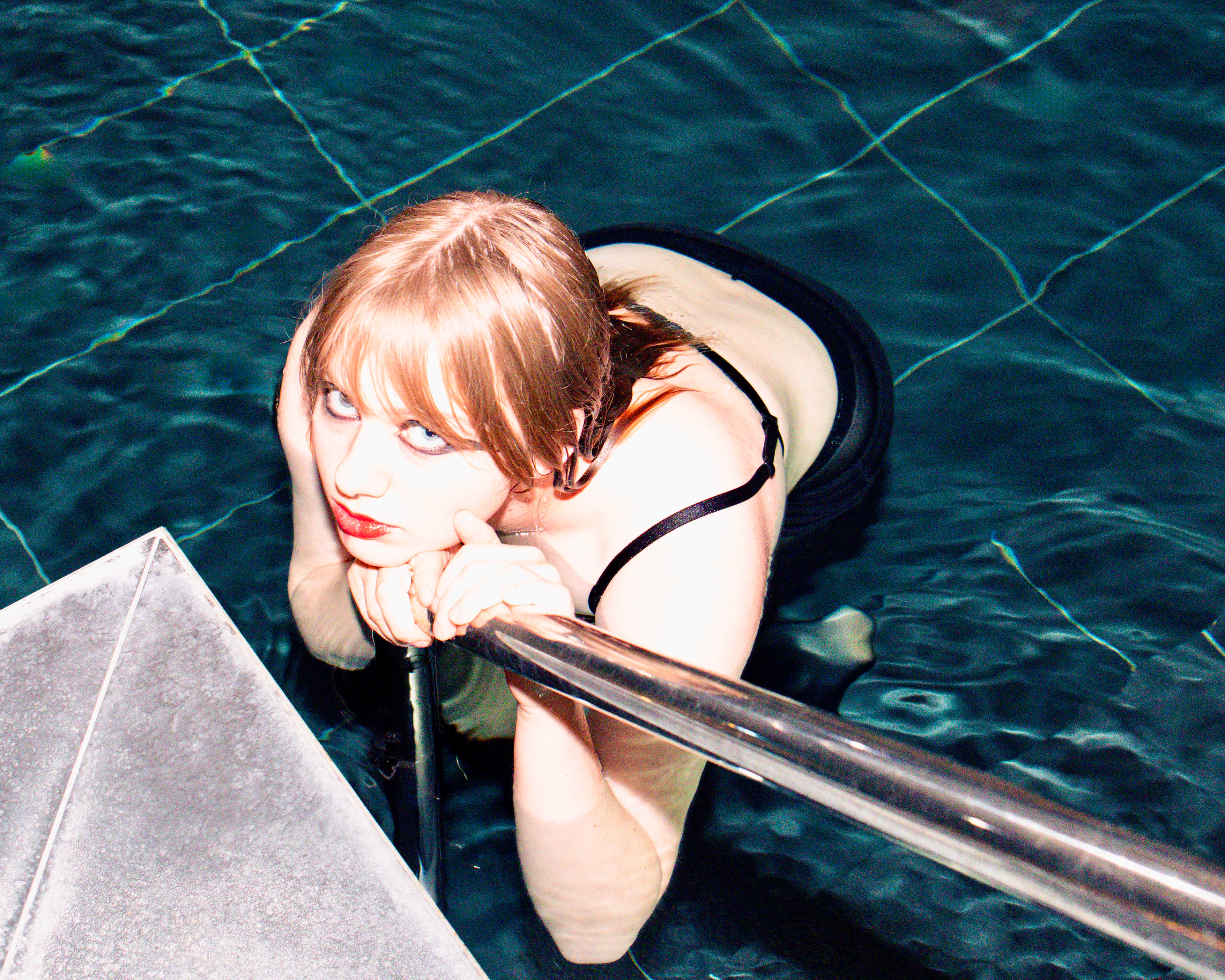


Teenage Defiance in the Age of Political Unrest
Punk first emerged in 1976, coincidentally aligning with the rising of the term "Postmodernism." This was the first time the public witnessed a true blend of popular music and high art. "Anarchy in the UK" by the Sex Pistols truly implored people to think critically of the social political environment they found themselves in, marking them as the most influential band for the movement.
Punk cannot be defined merely by its aesthetics, but the Sex Pistols, as well as McLaren and Westwood, provided the movement with its own distinct image. Dyed spiky hair, studded leather jackets with patches, chains and zippers all encouraged individuality and a DIY lifestyle.
"Grime & Couture"


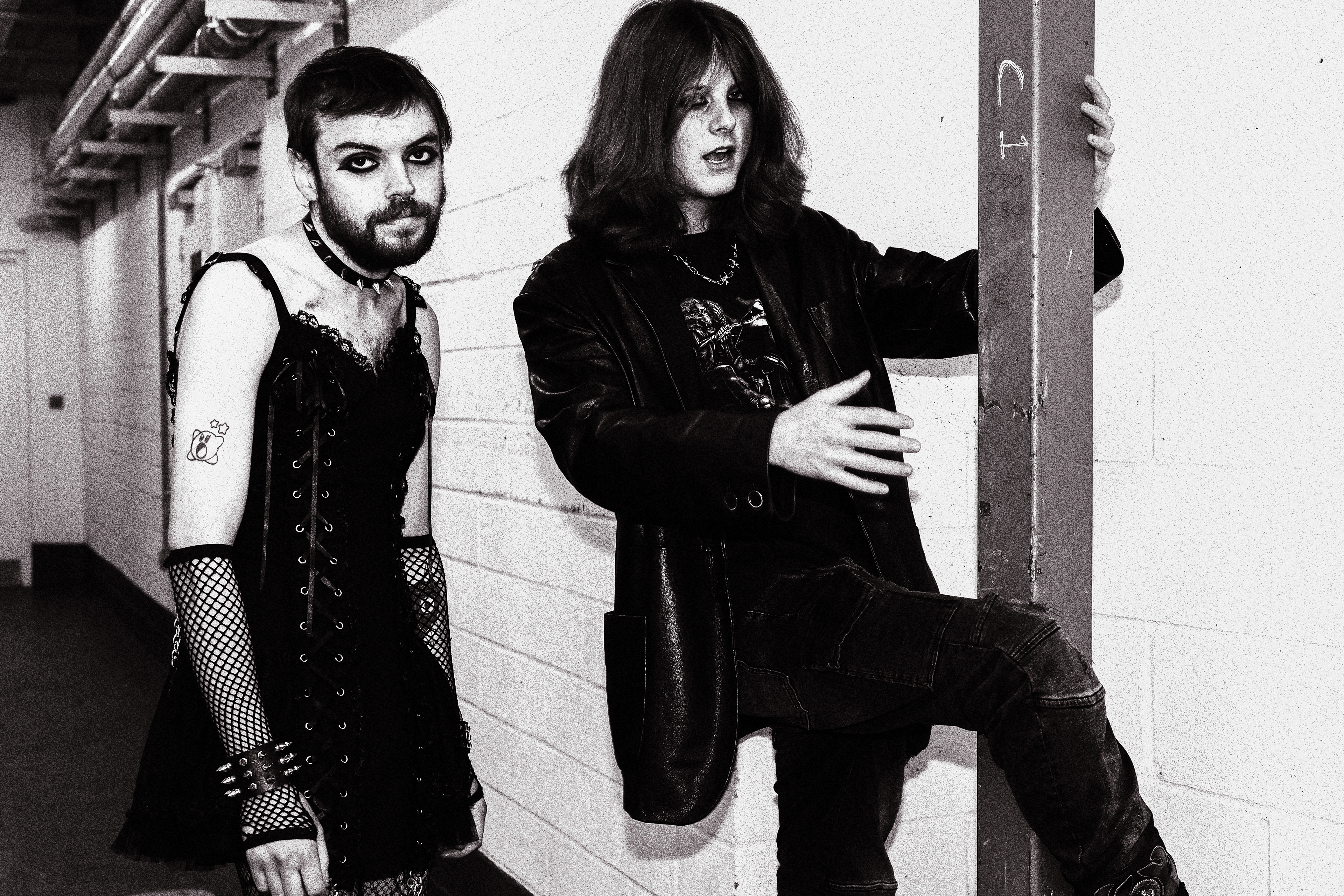
Gothic Reimaginings
Gothic rock as a subset of punk emerged in the late 70s and early 80s. Musically, it broke away from the brashness of loud rock instrumentals in favor of haunting, brooding tunes. Its melodramatic tones were heavily reflected in its visuals, originating from exalted gothic cathedrals to German expressionism and later vampiric imagery.
Goth, like punk, has always had ties to the "misfits of society" that's integrated its way into pop culture. Tim Burton and the "misunderstood teenager" trope, like Beetlejuice's Lydia Deetz has helped goth remain as one of the most prevalent and persisting subcultures of today.
The aesthetics of goth and punk are deeply intertwined, and London's street photography of the scenes reflects this. In these photos, I aimed to implement that moody, ominous feel that brings out the weird and wonderful world of goth culture.
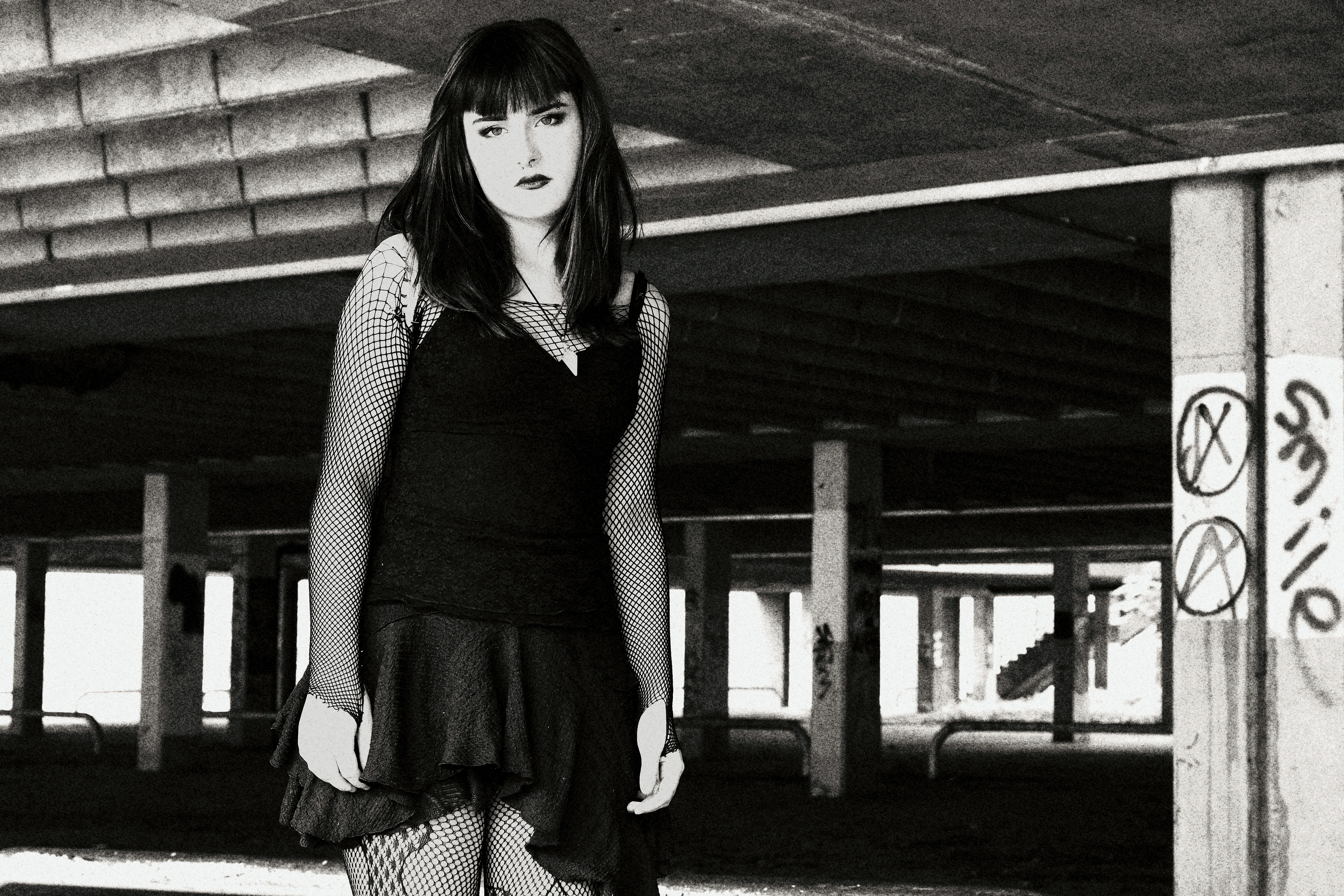
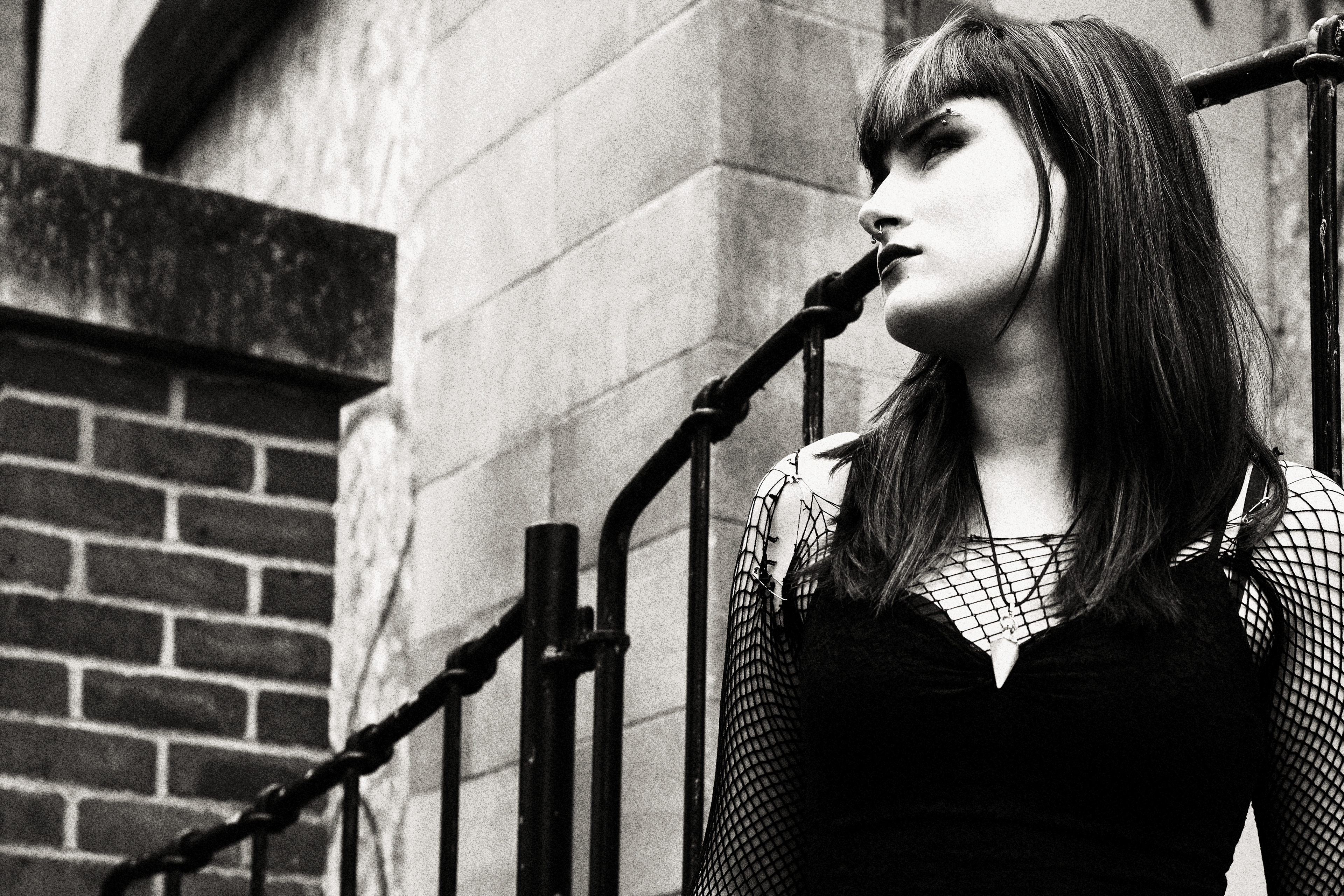
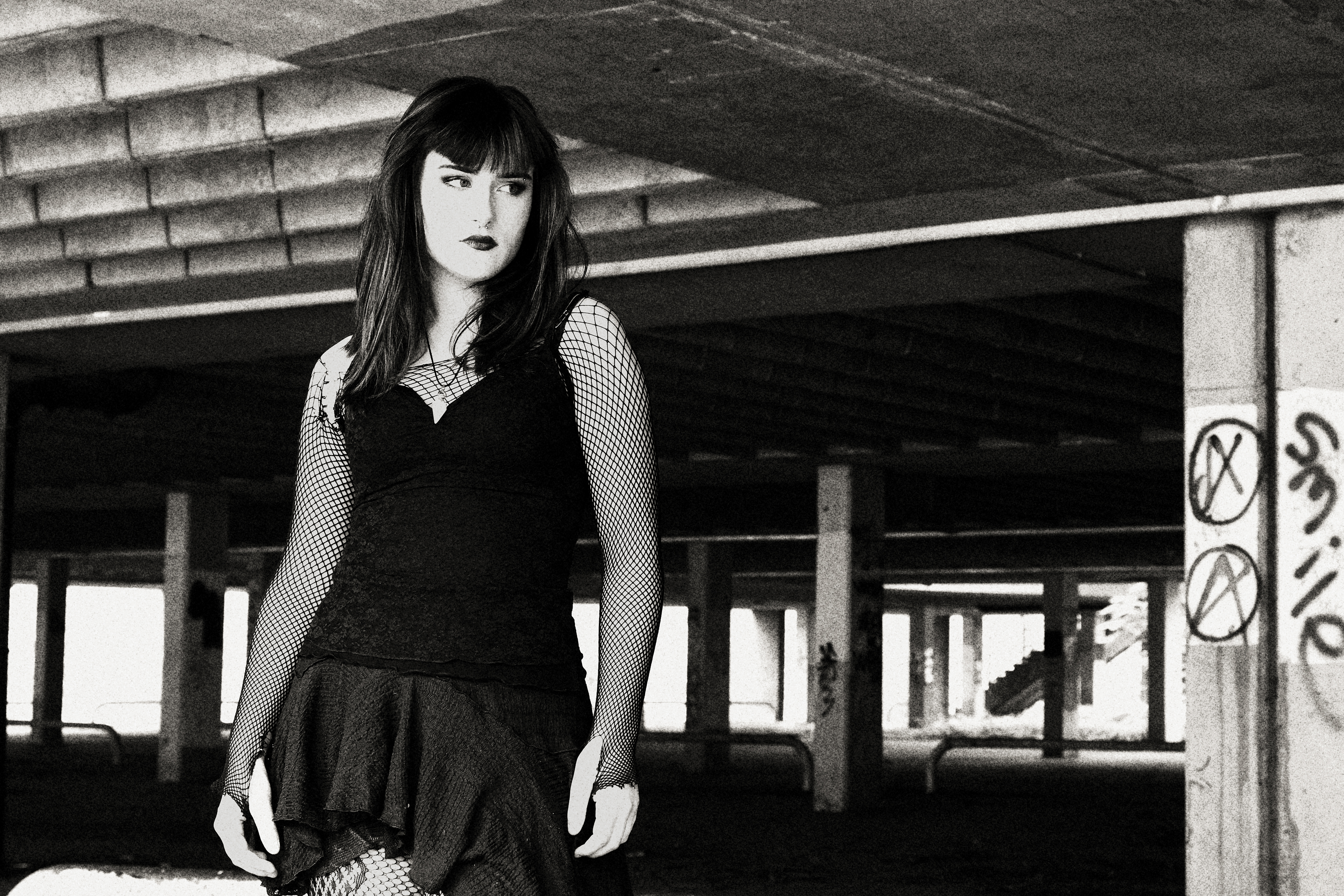
DIY Zine Culture
Digital collage excerpts from a mixed media fanzine.